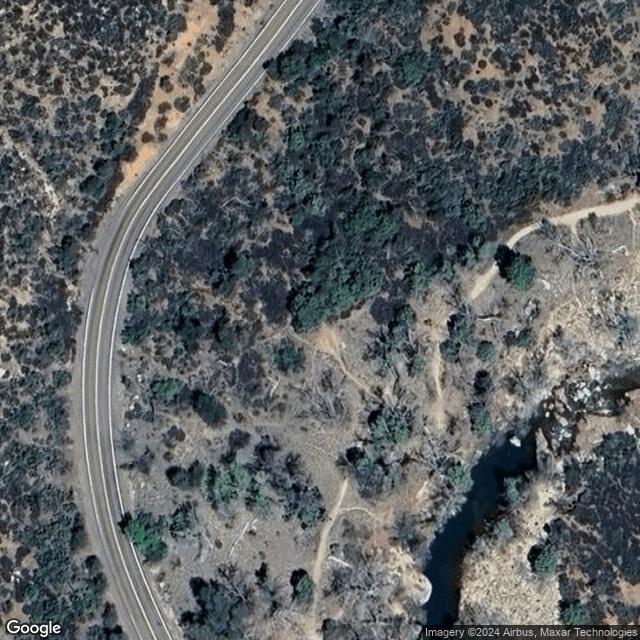
James Greer Water Wheel AZ
Motorcyclist Map

Places Filter: Historic
View In Google Maps: https://maps.app.goo.gl/5gbEWjkvuTZEmPQP9
Description: The James Greer Water Wheel is a historic water wheel located in the Walnut Canyon area of Arizona. Here are some key details about the James Greer Water Wheel: Location: The James Greer Water Wheel is situated in the Walnut Canyon National Monument, which is located near Flagstaff, Arizona. The water wheel is positioned within the scenic canyon environment. Historical Significance: The James Greer Water Wheel is a historic artifact that dates back to the late 19th century. It was originally constructed by a settler named James Greer, who built the water wheel to harness the power of Walnut Creek for various purposes. Water Wheel Design: The water wheel is a large wooden wheel with buckets or paddles attached to its outer edge. It was designed to be powered by the flowing waters of Walnut Creek, allowing it to turn and provide mechanical energy for various tasks. Purpose: The primary purpose of the James Greer Water Wheel was to generate power for a gristmill. It was used to grind grain and perform other milling operations, which were essential for early settlers in the area. Preservation: The water wheel is considered a valuable historical relic and has been preserved within the Walnut Canyon National Monument. Visitors to the monument can view the water wheel and learn about its history. Access: Access to the James Greer Water Wheel may involve a short hike along a trail within the Walnut Canyon National Monument. The hike provides an opportunity to explore the scenic beauty of the canyon while visiting this historic site. Interpretation: Interpretive displays and information at the site provide insights into the history of the water wheel, its importance to early settlers, and the technology of the time. Walnut Canyon National Monument: In addition to the James Greer Water Wheel, the Walnut Canyon National Monument offers visitors the chance to explore ancient cliff dwellings and learn about the Native American cultures that once inhabited the area.